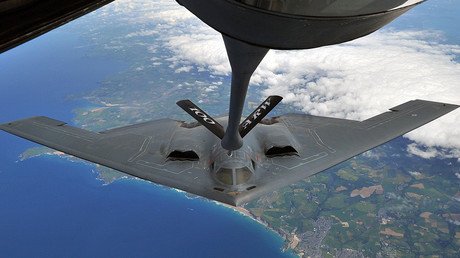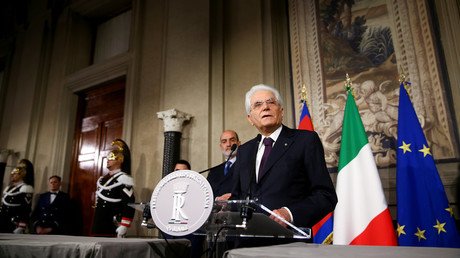The INF treaty calmed the Cold War 30yrs ago. Now the US appears set to kill it off
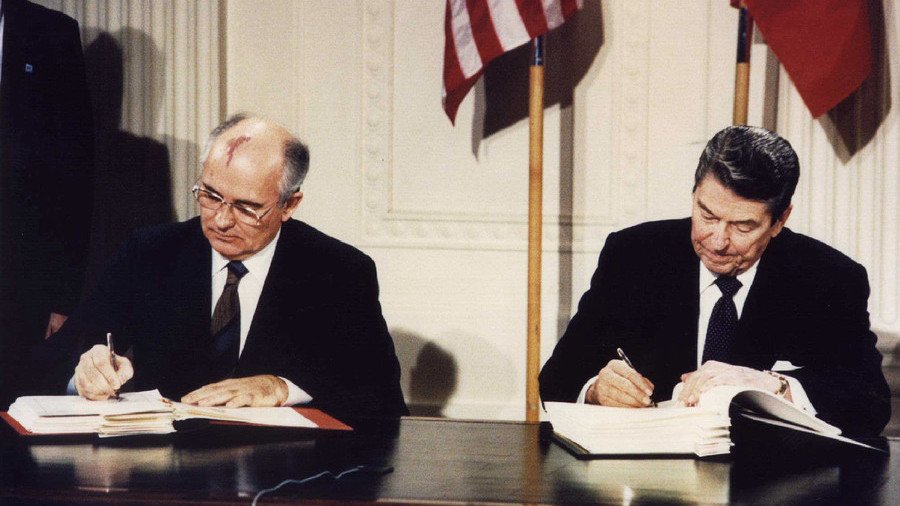
This week marks the 30-year anniversary of the INF treaty between the US and the Soviet Union, a deal that saw thousands of missiles destroyed and sped up the end of the Cold War. Now the US seems to want to torpedo the agreement.
The INF (Intermediate-Range Nuclear Forces) treaty was signed in December 1987. Soviet leader Mikhail Gorbachev came to Washington to put his signature next to that of US President Ronald Reagan, resulting in an unprecedented scaling down of the two superpowers’ arsenals.
The treaty covers missiles of two range classes: short (500 to 1,000km, or 310 to 620 miles) and intermediate (1,000 to 5,000km, or 620 to 3,420 miles), with both nuclear and conventional payloads, but only those with land-based launchers. Further production and use by the two nations of other state missile types has since been banned.
The treaty came into force on June 1, 1988. Over the following three years, the US destroyed 846 of its missiles and 32 launch sites, and the USSR destroyed 1,846 missiles and 117 sites. Each sent numerous inspectors to one another’s sites to confirm compliance.
The deal brought much-needed detente to an atmosphere of tense, Cold War stand-off, and allowed Europe, which housed much of the American arsenal, to breathe a sigh of relief.
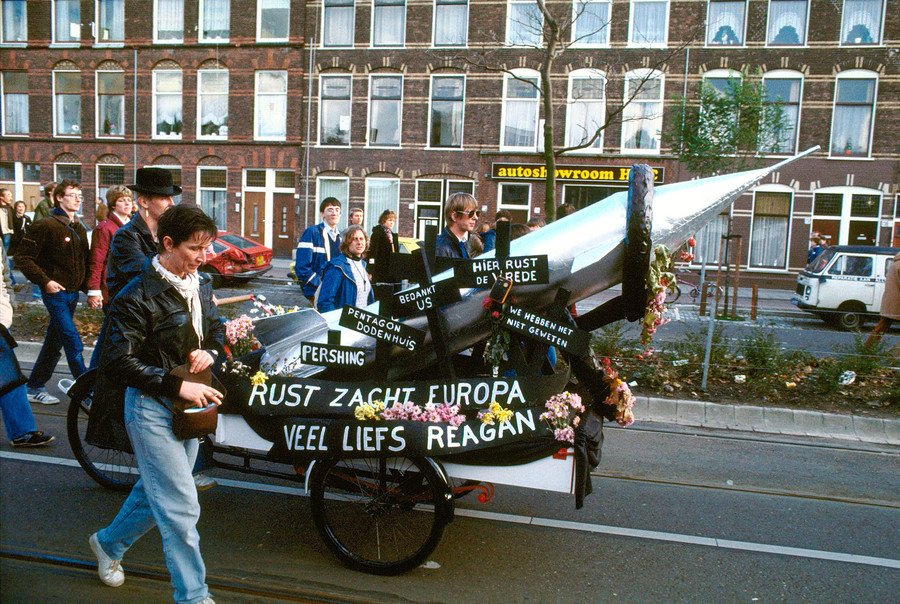
Signing the INF was widely seen a gesture of good will by Mikhail Gorbachev, seeing as it dealt a stronger blow to the Soviets’ national defense than to the Americans’. Apart from the fact that the arsenal the USSR destroyed was over twice as large (it even threw some 400km-range missiles into the mix), the deal didn’t affect aircraft- and sea-based missiles, an area where the US had a clear strategic advantage at the time. A lot of Soviet military brass were understandably unhappy about Gorbachev’s decision to put global stability above the USSR’s national safety.
Another problem with the INF treaty was that other nuclear-armed nations were never party to it – including US allies France and the UK, as well as China. In spite of the flaws, Russia never suggested relaxing the treaty’s limitations, focusing instead on developing sea- and air-based arms of its own. Neither did it threaten to ditch the deal – until the US pushed it to.
Threats and accusations
Fast-forward 30 years, and the US is accusing Russia of violating the INF and is preparing sanctions for those supposedly involved in the breach. According to Washington’s vague claims, Russia has secretly developed intermediate-range missiles that can be fired from the tactical missile system Iskander-M, deployed along the country’s western borders.
Russia has its own, rather clearly-defined issues with how the US interprets the INF treaty. Moscow has pointed to a series of ballistic missiles that are used in the US as targets for anti-missile system tests, as being in violation. It also believes the INF should cover heavy combat drones, a staple of American air power. The drones, Russia argues, fall under the definition of cruise missile outlined in the treaty, being “an unmanned, self-propelled vehicle that sustains flight through the use of aerodynamic lift over most of its flight path.”
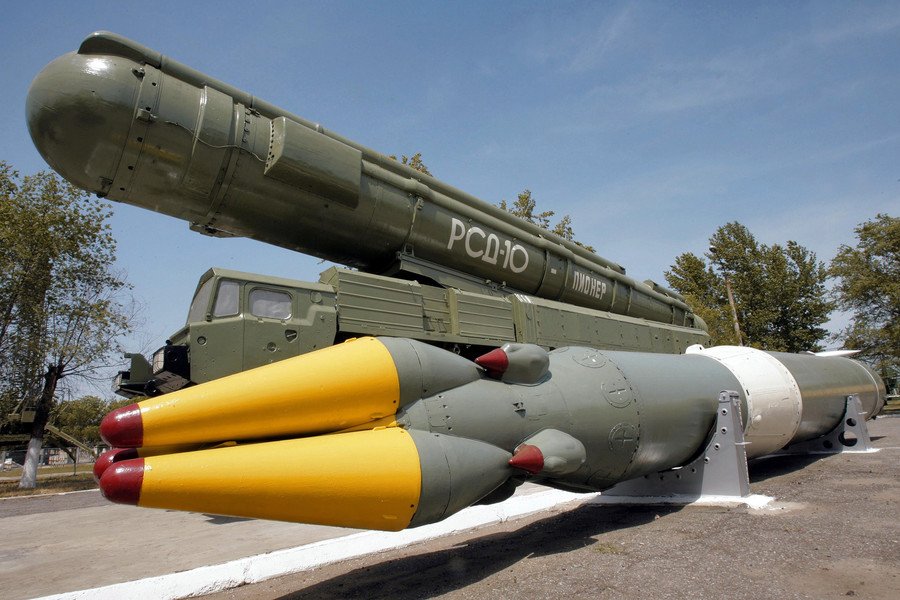
But most of all Russia is worried about America’s capability to launch Tomahawk missiles from land-based anti-missile systems stationed in Europe. Such launchers have already been deployed in Romania and are earmarked for location in Poland. Their deployment itself is a result of Washington torpedoing another missile-related agreement, the Anti-Ballistic Missile (ABM) Treaty of 2002, coincidentally, a few days after it, too, turned 30.
While accusing Russia of violating the INF treaty, the US is already developing a new missile deployed once the deal is dead.
Russia has vowed to observe the INF treaty as long as the US does. Should Washington choose to pull out like it did from the ABM deal, though, the response will be “immediate and mirror-like,” Russian President Vladimir Putin said in October 2017.
Think your friends would be interested? Share this story!
